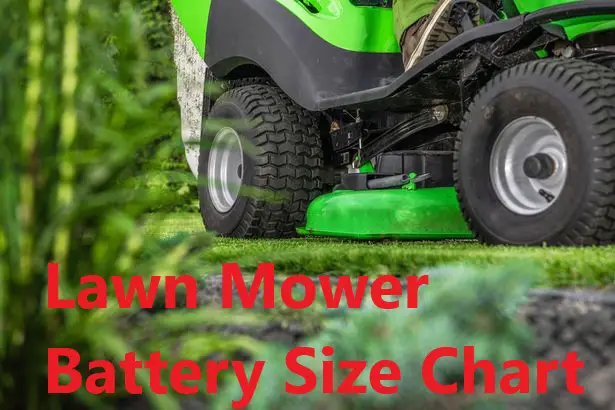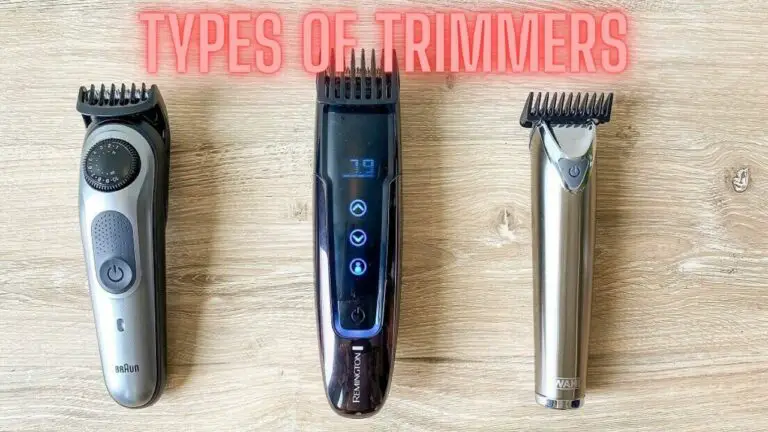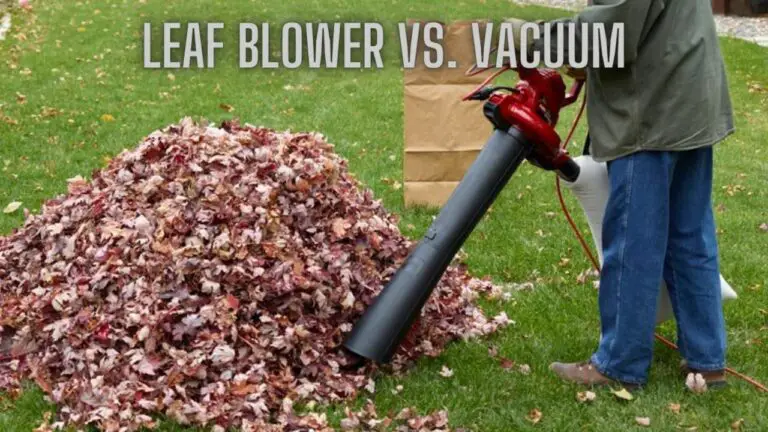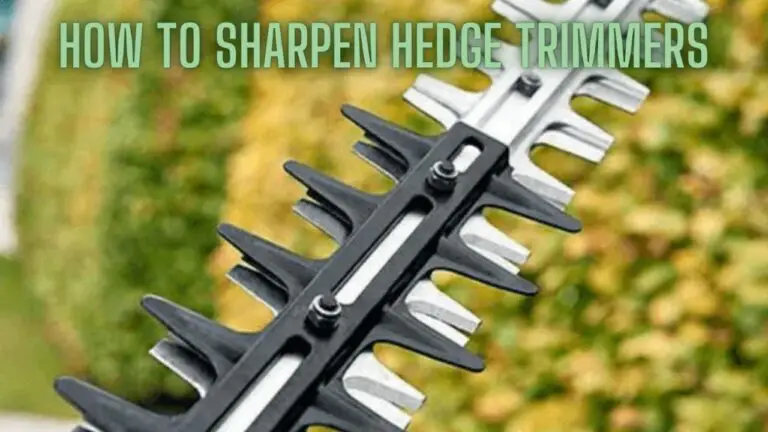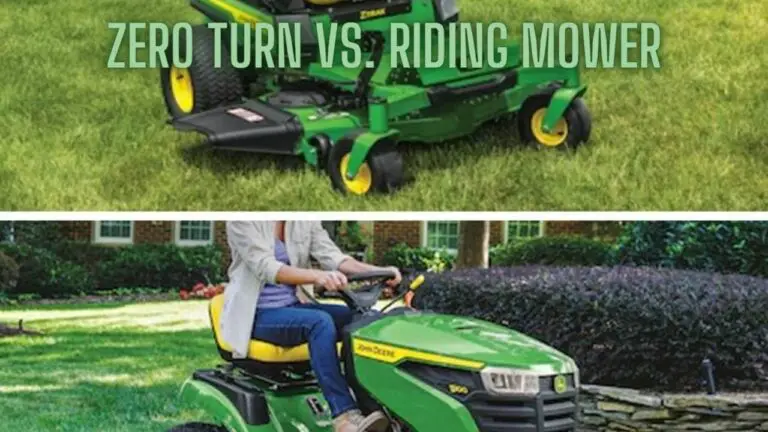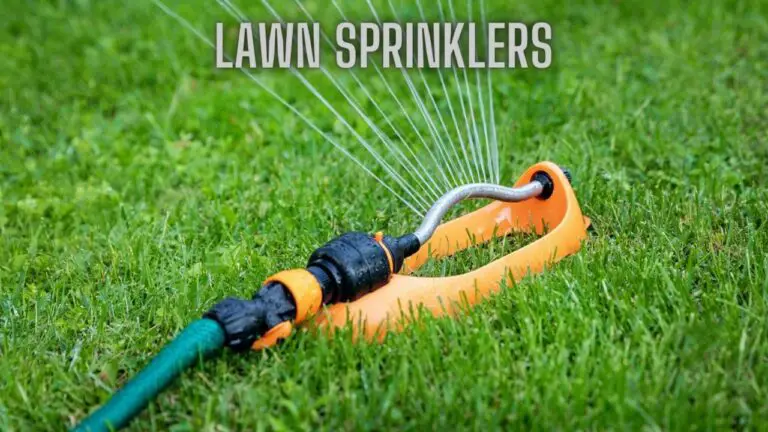The Ultimate Guide to Lawn Mower Battery Size Chart
1. Introduction
Lawn mowers have come a long way from their manual push counterparts. Modern lawn mowers, whether they are walk-behind, riding, or robotic, are equipped with various features to make lawn care more convenient and efficient. One crucial component that powers these features is the lawn mower battery. To ensure that your lawn mower operates optimally, it’s essential to choose the right battery with the correct size and specifications. In this comprehensive guide, we’ll explore the world of lawn mower batteries, their sizes, types, and what you need to know to keep your lawn mower running smoothly.
Lawn mowers have evolved from being simple machines to becoming complex, feature-rich equipment. Whether you have a traditional gas-powered lawn mower, an electric walk-behind model, a riding mower, or even a robotic lawn mower, they all rely on a power source to run. For most modern lawn mowers, this power source is a rechargeable battery.
Selecting the correct lawn mower battery is crucial to ensure that your mower functions smoothly and efficiently. The wrong battery size or type can lead to performance issues, early battery failure, and inconvenience during your lawn care routine.
In this guide, we’ll explore the importance of choosing the right lawn mower battery, delve into the different battery types, understand battery sizes and compatibility, and provide guidance on how to select the perfect battery for your specific mower.
2. The Importance of Choosing the Right Lawn Mower Battery
Choosing the right lawn mower battery is not a matter of mere convenience; it directly impacts the performance and lifespan of your lawn mower. Here are some key reasons why selecting the right battery is crucial:
- Optimal Performance: The right battery ensures that your mower operates at its best, providing sufficient power to run the motor and any additional features such as electric start, lights, or self-propulsion.
- Longevity: A well-matched battery is more likely to have a longer lifespan, reducing the frequency of replacements and saving you money in the long run.
- Safety: Using the correct battery reduces the risk of overloading the mower’s electrical system, which can lead to safety hazards.
- Efficiency: An appropriately sized battery enhances the overall efficiency of your lawn mower, ensuring that it completes its tasks without interruptions.
- Convenience: The right battery makes your lawn care routine more convenient, as you won’t have to deal with frequent battery-related issues.
To understand which lawn mower battery is the right fit for your specific mower, you need to consider battery types, sizes, and compatibility factors.
3. Understanding Lawn Mower Battery Types
Lawn mower batteries come in various types, each with its advantages and disadvantages. The two most common types are lead-acid batteries and lithium-ion batteries.
3.1. Lead-Acid Batteries
Lead-acid batteries are traditional and widely used in lawn mowers. They are known for their reliability, durability, and affordability. Lead-acid batteries come in two subtypes:
- Flooded Lead-Acid (FLA) Batteries: These are the most common lead-acid batteries. They have vent caps for adding water to the cells and are maintenance-intensive.
- Sealed Lead-Acid (SLA) Batteries: SLA batteries are maintenance-free, as they are sealed and do not require water additions. They are a more convenient option.
Advantages of Lead-Acid Batteries:
- Cost-effective.
- Proven reliability.
- Available in various sizes and capacities.
- Suitable for a wide range of lawn mowers.
Disadvantages of Lead-Acid Batteries:
- Heavier and bulkier compared to lithium-ion batteries.
- Limited cycle life (the number of charge-discharge cycles before performance degrades).
- Slower charge times.
3.2. Lithium-Ion Batteries
Lithium-ion batteries have gained popularity due to their lightweight, high energy density, and longer cycle life. They are commonly found in cordless electric lawn mowers and some high-end riding mowers.
Advantages of Lithium-Ion Batteries:
- Lightweight and compact.
- Longer cycle life.
- Faster charging times.
- Greater energy density, providing more power in a smaller package.
Disadvantages of Lithium-Ion Batteries:
- Higher initial cost compared to lead-acid batteries.
- Can be sensitive to extreme temperatures.
- Limited availability for certain mower models.
The choice between lead-acid and lithium-ion batteries depends on your specific mower model, budget, and performance requirements.
4. Lawn Mower Battery Sizes and Compatibility
Choosing the right lawn mower battery involves understanding the battery’s physical size, group size, and its compatibility with your mower’s electrical system. Let’s explore these factors:
4.1. Battery Group Sizes
Lawn mower batteries, like car batteries, come in various group sizes or dimensions. The group size is determined by the Battery Council International (BCI) and provides a standardized way to classify batteries. Group sizes are typically represented by a number and a letter (e.g., Group U1 or Group 24).
To determine the correct group size for your mower, consult your mower’s owner’s manual or check the existing battery for the group size. Installing a battery with the correct group size ensures it fits securely in the battery compartment and connects to the mower’s electrical system properly.
4.2. CCA (Cold Cranking Amps) Rating
The CCA rating is a measure of the battery’s ability to deliver a burst of power in cold weather conditions. While this rating is more critical for car batteries, it’s still relevant for lawn mower batteries, especially if you live in a region with cold winters. Choosing a battery with an appropriate CCA rating ensures that your mower starts reliably, even in chilly weather.
5. Selecting the Right Battery for Your Lawn Mower
To select the right battery for your lawn mower, follow these steps:
- Check Your Mower’s Manual: Review your mower’s owner’s manual to find the recommended battery group size and CCA rating. This information is crucial in choosing a compatible battery.
- Assess Battery Type: Determine whether your mower is compatible with lead-acid or lithium-ion batteries. If your mower is designed for a specific type, it’s best to stick with that.
- Consider Brand and Quality: Invest in a reputable battery brand known for producing durable and reliable products. High-quality batteries are more likely to perform well and have a longer lifespan.
- Measure Physical Dimensions: Measure the dimensions of your battery compartment to ensure the new battery will fit comfortably.
- Check Terminals: Examine the terminal placement and type (top or side terminals) to match with the new battery.
- Review Warranty: Look for a battery with a reasonable warranty, as it indicates the manufacturer’s confidence in their product’s performance and durability.
6. Installing and Maintaining Your Lawn Mower Battery
Proper installation and maintenance of your lawn mower battery are essential to extend its lifespan and ensure it operates optimally. Here are some guidelines:
Installation:
- Ensure the battery is securely positioned in the compartment, and the terminals align with the cables.
- Tighten terminal connections properly but avoid over-tightening, which could damage the terminals.
- Follow the manufacturer’s instructions for any additional installation steps specific to your battery.
Maintenance:
- Keep the battery and its terminals clean and free from corrosion.
- Charge the battery as needed to maintain its charge level. Avoid discharging it completely, as this can shorten its lifespan.
- Store the battery in a cool, dry place during the off-season, and consider using a maintenance charger to prevent it from discharging.
Safety Precautions:
- Wear appropriate protective gear, including gloves and safety glasses, when handling the battery.
- Disconnect the battery before performing any maintenance or charging.
- Store and dispose of old batteries according to local regulations.
7. Common Battery Issues and Troubleshooting
Despite proper care, lawn mower batteries can encounter issues over time. Common battery problems include:
- Failure to Start: If your mower doesn’t start, it may be due to a discharged or damaged battery. Check the battery’s charge and connections.
- Short Lifespan: If your battery has a short lifespan, it may be the result of over-discharging or overcharging. Avoid these practices to extend battery life.
- Corrosion: Terminal corrosion can hinder battery performance. Clean the terminals with a battery terminal cleaner to remove corrosion.
- Bulging or Swelling: Bulging or swelling of the battery case is a sign of internal damage. Replace the battery immediately if you notice this issue.
If you encounter persistent battery problems, it’s advisable to consult a professional or contact the battery manufacturer for assistance.
8. FAQS
Why is choosing the right lawn mower battery size important?
Selecting the right battery size is crucial because it ensures that the battery fits securely in the mower’s compartment and provides the correct voltage and capacity to power the mower’s engine and accessories.
How do I determine the correct battery size for my lawn mower?
Refer to your mower’s owner’s manual, which typically provides information about the recommended battery group size and, if applicable, the Cold Cranking Amps (CCA) rating. If you don’t have the manual, check the existing battery for its group size.
What is a battery group size, and why does it matter?
A battery group size is a standardized classification for batteries, determined by the Battery Council International (BCI). It matters because it ensures that the battery fits properly in the mower’s battery compartment and aligns with the electrical system.
Can I use a larger battery than the recommended group size for my lawn mower?
It’s generally not advisable to use a larger battery, as it may not fit in the battery compartment or have compatible terminals. It’s best to stick with the recommended group size.
Can I use a smaller battery than the recommended group size for my lawn mower?
Using a smaller battery may result in insufficient power, potentially causing the mower to struggle or not start at all. It’s essential to match the recommended group size to ensure adequate performance.
What does the CCA (Cold Cranking Amps) rating on a lawn mower battery mean?
The CCA rating is a measure of the battery’s ability to deliver a burst of power in cold weather conditions. It’s crucial for starting the engine, especially in regions with cold winters. Choose a battery with a CCA rating that matches your mower’s requirements.
Can I replace my lead-acid lawn mower battery with a lithium-ion battery?
In some cases, you can replace a lead-acid battery with a lithium-ion battery, but it depends on your mower’s compatibility. Consult your mower’s manual and consider factors like physical size and terminal type before making the switch.
Are there specific battery maintenance tips to extend the life of my lawn mower battery?
To extend your battery’s lifespan, keep it clean and free from corrosion, charge it as needed to maintain a proper charge level, and store it in a cool, dry place during the off-season. Avoid over-discharging or overcharging the battery.
How long should a lawn mower battery last?
The lifespan of a lawn mower battery varies based on factors like the quality of the battery, usage, and maintenance. A well-maintained battery can last anywhere from 2 to 5 years or more.
What should I do if my lawn mower battery fails to start the engine or provide power to the accessories?
If your battery fails to start the engine or power accessories, check the battery’s charge level and connections. Recharge the battery if needed. If problems persist, consider consulting a professional or the battery manufacturer for assistance.
9. Conclusion
Choosing the right lawn mower battery is essential for the proper functioning and longevity of your mower. By understanding the battery types, sizes, and compatibility factors, you can make an informed decision that matches your mower’s requirements. Whether you opt for a lead-acid or lithium-ion battery, selecting the right group size and CCA rating ensures a seamless fit.
Remember that proper installation and maintenance are key to maximizing your battery’s lifespan and efficiency. By following the guidelines and safety precautions outlined in this guide, you can enjoy a hassle-free lawn care experience with a well-powered and reliable lawn mower.

